What brand of espresso beans is recommended for Italian coffee the ratio of powder to water extracted from espresso beans
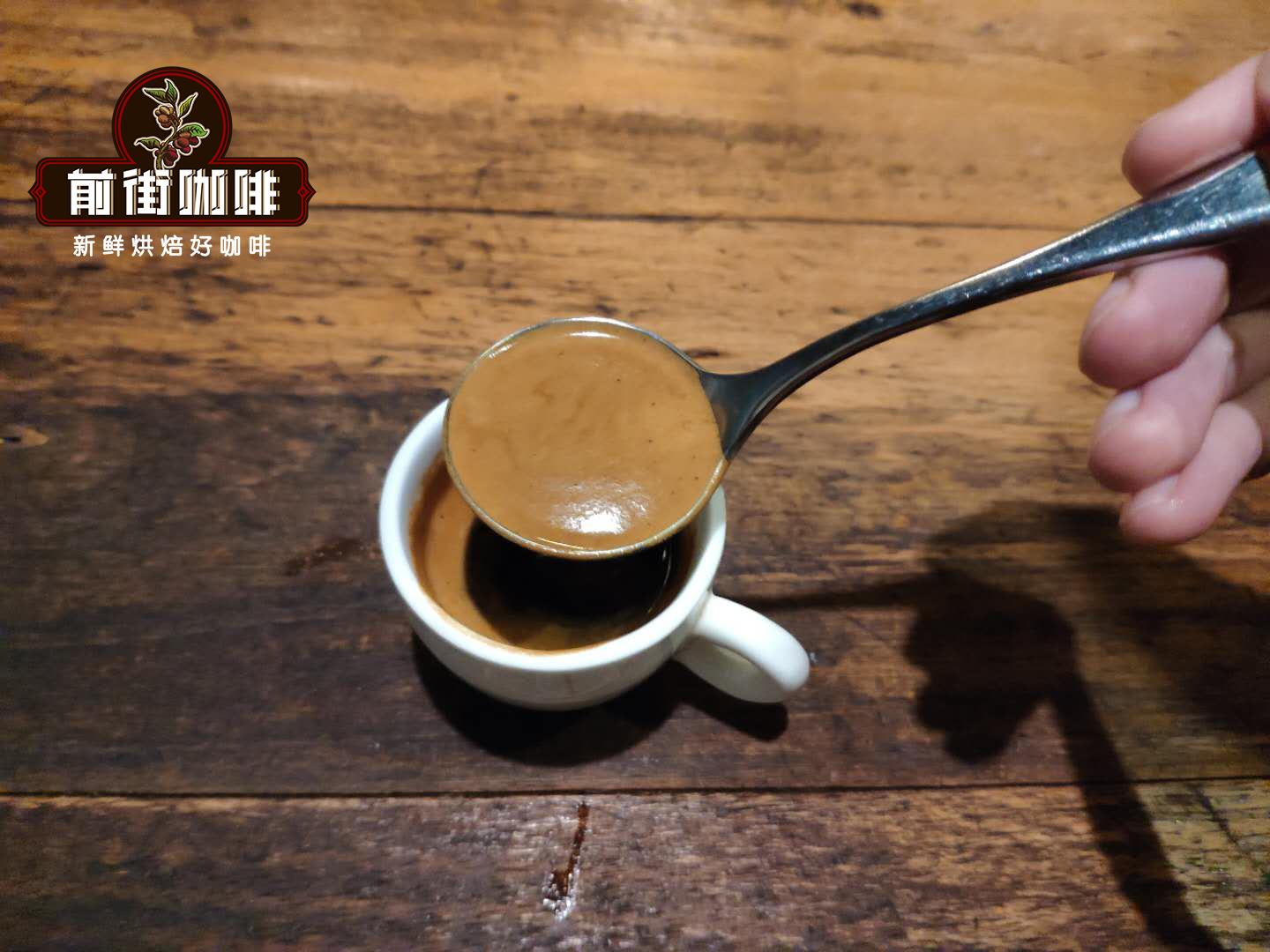
Professional coffee knowledge exchange more coffee bean information please follow the coffee workshop (Wechat official account cafe_style)
Espresso has a thicker texture and rich oil than drip filter coffee, and the production of high-quality espresso is inseparable from good espresso beans. Generally speaking, espresso beans choose to combine coffee from several places of origin to achieve a balanced flavor. Qianjie Coffee will introduce several kinds of Italian coffee.
What is mixed coffee?
Blended coffee, also known as mixed coffee and Italian coffee beans, is to mix all kinds of individual coffee beans together, so as to give full play to the strengths of various individual coffee beans, and the blended beans are made from coffee beans from different places to make a more balanced taste. For example, if one kind of coffee bean is slippery but lacks aroma, another kind of coffee with rich aroma can be added to make the advantages of individual coffee beans complement each other, complement or strengthen each other in taste, thus creating a richer new taste of coffee. Sometimes the beans are mixed first and then baked, which is called roasting; sometimes they are roasted and then mixed with coffee beans, which is called cooked.
Whether it is pre-mixed raw beans, or baked individually and then mixed. Both methods are acceptable depending on the nature of the coffee in the formula. Mixing after baking provides different degrees of baking for each bean so that each ingredient shows the best effect.

Before matching beans, we should first know the flavor of different varieties of coffee in the world, and beans have different characteristics according to their origin. Different coffee beans have different personalities because of different varieties and producing areas, and there are subtle differences in sour, bitter, sweet, aroma, mellow thickness and other flavors. Single coffee beans often show the unique characteristics of a certain kind of coffee. Mixed beans are mostly used in Italian coffee such as Espresso, Americano, Latte or Cappuccino, etc., the taste of coffee is more balanced, more palatable, more stable, it can be said that the taste is more popular.
Mixing different coffee beans is mainly for the following purposes:
1. Stable flavor
Because coffee beans are a kind of crop, the flavor of even the same kind of coffee beans will be different from year to year, so mixing several kinds of coffee beans can solve this problem and keep the taste basically the same every year.
2. Balance the taste
Because one of the features of the Italian coffee machine is that it magnifies the most prominent flavor feature of coffee beans, we hardly use a single variety of coffee to make Espresso, otherwise if that coffee bean is bitter, the Espresso will be very bitter and sour. So we need to balance the flavors by matching them.
Mixed coffee is by no means a simple addition, but hopes that through the unique understanding of coffee flavor, different coffee beans can learn from each other and blend Italian coffee beans with excellent flavor. So how do you make a recipe for blending coffee?
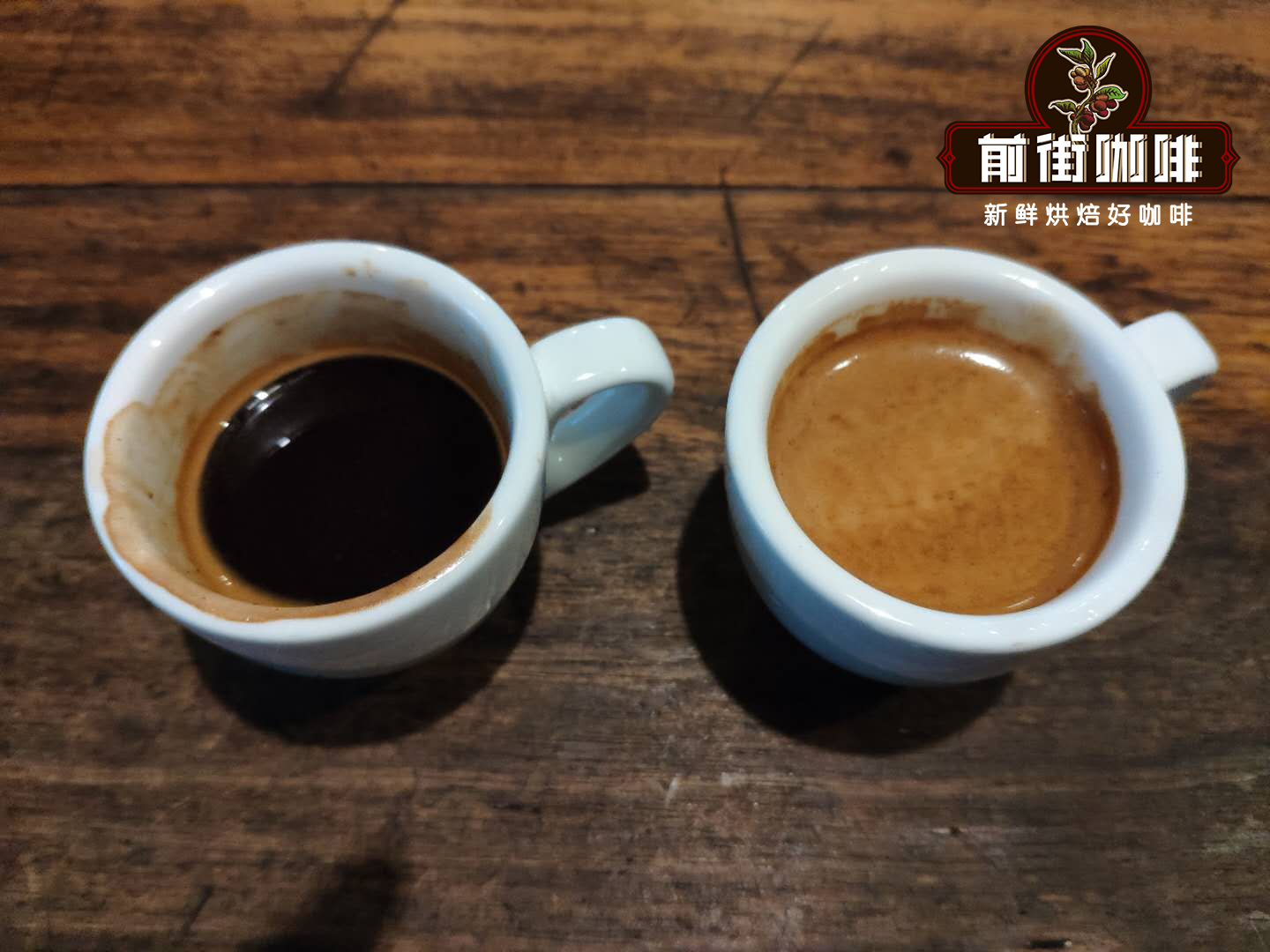
1. Make clear the purpose of the match
Reduce the cost
Some cafes will use poor quality coffee beans mixed with better quality coffee beans to reduce costs and increase sales benefits at the same time.
Create a long-term and stable flavor
It has to be admitted that coffee is a kind of agricultural product, and different seasons or even different batches in a year in the same producing area will produce different tastes, and the disadvantages of a single producing area will be exposed here. You can't be confident that you can still drink coffee from a single producing area that tastes good next year, except for coffee beans that dominate coffee flavor. And other factors from the origin to the cafe can also cause the coffee beans you buy to taste different from those in the past.
So one of the purposes of blending is to create a product that can be supplied for a long time and has a stable flavor for a long time. When the quality of one of the coffee beans can not meet the requirements or changes in the new production season, we can find similar coffee beans to replace, in order to achieve the goal of stability.
Create a flavor that cannot be produced by a single coffee bean
Sometimes single-origin coffee beans are like a person, with both strengths and weaknesses, while matching is like organizing a team to take their strengths to make up for each other's weaknesses, so as to complement each other.
Just like using a sweeter coffee bean with a higher acidity coffee bean to achieve a sour-sweet balance, or adding some Brazilian beans to the coffee bean to increase the overall mellow thickness, these are the purpose of blending.
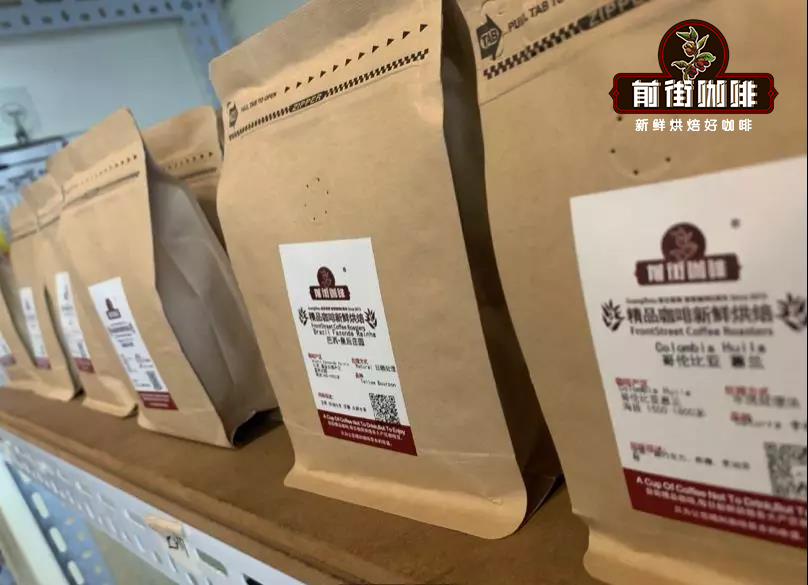
two。 Determine the target flavor
When we determine the purpose, the second is to determine the target flavor of the coffee beans. Only by having a clear goal can we know where we need to start. At the same time, it is also a test of the mixer's understanding of the existing coffee beans and the flavor of the coffee producing areas.
When Qianjie Coffee was blending coffee beans with warm sun, we clearly wanted to match a matching bean with wine flavor. so we can immediately put three fermented coffee beans with distinct alcoholic flavor in Honduran sherry barrels, Honduran lychee orchid and Colombian San Jose on the shortlist.
After many attempts, and for the sake of cost-effectiveness and other factors, it was finally decided to use the Honduran sherry barrel as the main tone of sunny coffee beans.
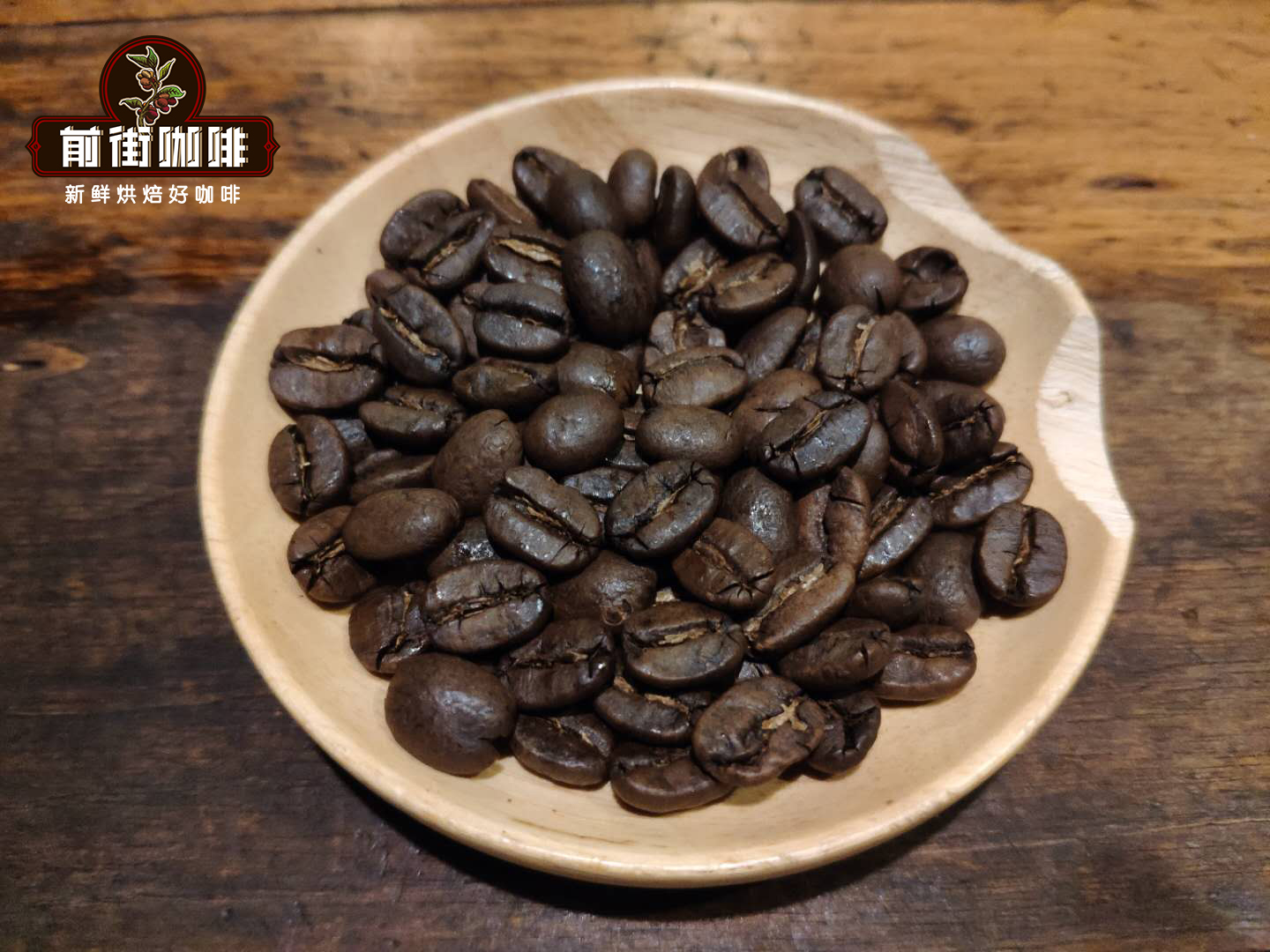
3. Determine the matching type
Generally speaking, we call "matching first and then baking" as "raw spelling" and "baking and then matching" as "cooked spelling". In fact, each of these two types has its own advantages and disadvantages, and there is no better or worse one. You can choose the type that suits you according to its characteristics.
The advantage of Shengpin is that it can use the same baking degree to make the coffee stable and uniform, and the second is that it can reduce the number of roasting times and improve the efficiency. The same baking degree can also greatly reduce the difficulty of quality control (that is, you can only focus on one bean cultivation date at the same time, while Shengpin is prone to different roasting dates of several combinations of beans, resulting in different tastes. ).
At the same time, the disadvantage of raw baking is also very obvious, and the limitation of raw spelling is very great. Generally speaking, it is recommended that several beans with similar density of coffee beans are recommended. For example, if you mix a coffee bean suitable for shallow roasting and a coffee bean suitable for deep roasting to the same roasting degree, it will be easy to produce 1: 1.
Important Notice :
前街咖啡 FrontStreet Coffee has moved to new addredd:
FrontStreet Coffee Address: 315,Donghua East Road,GuangZhou
Tel:020 38364473
- Prev

What kind of beans are better for making Italian style with automatic Coffee Machine? is it strange to use single beans to make Italian style?
Professional coffee knowledge exchange more coffee bean information Please follow the coffee workshop (Wechat official account cafe_style) automatic coffee machine with Italian coffee beans choose to advise me to drink coffee for so many years, no matter how good and stable the quality of a shop is, I will never buy coffee beans in a store, because each roaster has a different style, just like the chef's craftsmanship.
- Next
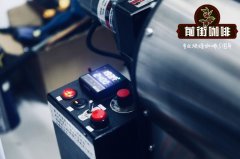
Which low-caffeine espresso beans do you recommend? What is the main origin of illy coffee beans?
Professional coffee knowledge exchange more coffee bean information please follow the coffee workshop (Wechat official account cafe_style) which kind of Italian coffee beans to choose? If you want to buy decaf espresso beans, you can find Illy, which brand has decaf beans. Recently, I heard several friends say that they still want to drink coffee during pregnancy, so they have to drink decaf coffee. Please pay special attention to: there are studies.
Related
- Guji coffee producing area of Guji, Ethiopia: Humbela, Shakiso, Wulaga
- What is the most expensive variety of Qiloso in BOP multi-variety group?
- How to store the coffee beans bought home?
- Why are Yemeni coffee beans so rare now?
- Ethiopian Sidamo all Red Fruit Sun Sun Santa Vini Coffee beans
- SOE is mostly sour? What does it mean? Is it a single bean? what's the difference between it and Italian blending?
- Is Italian coffee beans suitable for making hand-brewed coffee?
- How to choose coffee beans when making cold coffee? What kind of coffee beans are suitable for making cold coffee?
- Just entered the pit to make coffee, what kind of coffee beans should be chosen?
- Can only Japan buy real Blue Mountain Coffee? What are authentic Jamaican Blue Mountain coffee beans?

